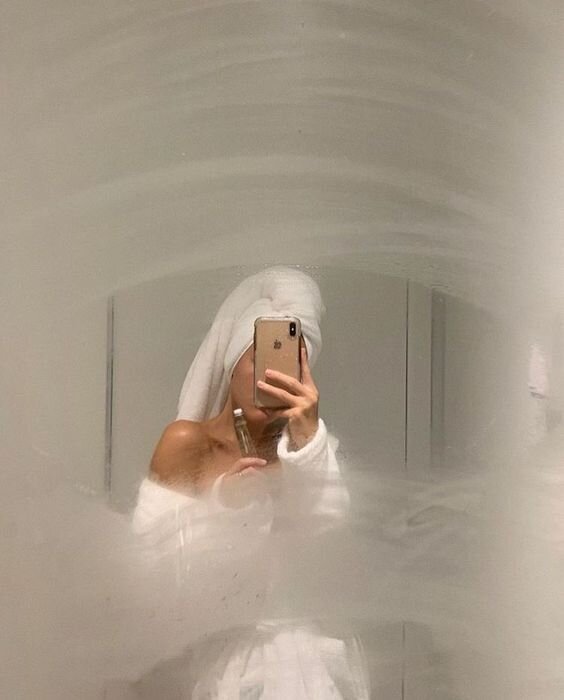How Beauty Standards Are Reinforced
Who Do You Follow?
If you’re anything like me, your screen time has skyrocketed over the past months thanks to doomscrolling (the act of consuming a non-stop feed of news and social media content, aka the activity of 2020). With COVID-19 keeping (smart) people at home and masks (again, for the smart people) obscuring the majority of our faces, we’re at an interesting turning point in our society where you’re probably seeing more people through screens than in person. We all know that social media is the highlight reel of life, and that each image is filtered, edited, and highly curated, but that doesn’t change the fact that you can be subconsciously influenced by what you constantly see - and if that’s true, it’s the people with the biggest on-screen reaches and largest digital followings that hold the highest amount of influence.
Humor me for a second and think about your top ten, even your top five favorite Instagram accounts. Maybe they’re style bloggers or social media stars or influencers. How many of the people that came to mind are white? And if what we find to be beautiful is shaped by what we see frequently highlighted as beautiful, prominent or influential, what does it mean that a high percentage of the faces we see are white faces? Eurocentric beauty standards will be reinforced over and over again each time you open up the Instagram app to kill time. I was struck by the realization that the guardrails we tend to use when assuming what a celebrity, blogger or influencer typically looks like can actively harm BIPOC social media users trying to enter that same space. The ability to monetize your following shouldn’t have a race requirement, but it certainly is easier to achieve certain goals when you look like those who have done it before you.
It also begs the question of how beauty standards for each person on social media are shaped. Eurocentrism has long been the battle cry of what is considered beautiful in America, and in the age of the internet you’d think that exposure to the most curated, edited images of people all around the world would shift that guideline. But, we reinforce what we know by not actively vetting who we follow. Our world is so highly and instantly connected so there’s no excuse (and no reason) to not be following a diverse array of creators, bloggers, influencers, etc.
We used to have to simply accept what the media chose to show us - in a world of limited choices, those who curate what’s on TV or in the movies hold the majority of the power to shape what is considered beautiful. But, in a day and age where the Instagram feed you check every single hour is based on who you actively choose to follow, there’s no excuse to only be seeing and supporting users who look exactly like you (or who are mainly, or all, white). I need to do better. You need to do better. We all need to do better. It’s time to question what we see celebrated and elevated on a daily basis, to question whether it’s strange or not that all of the bloggers you follow look the same way, and to actively seek out supporting influencers who might be boxed out of the running because of the pervasive beauty standards we were fed and reinforce on a daily basis - just food for thought.

